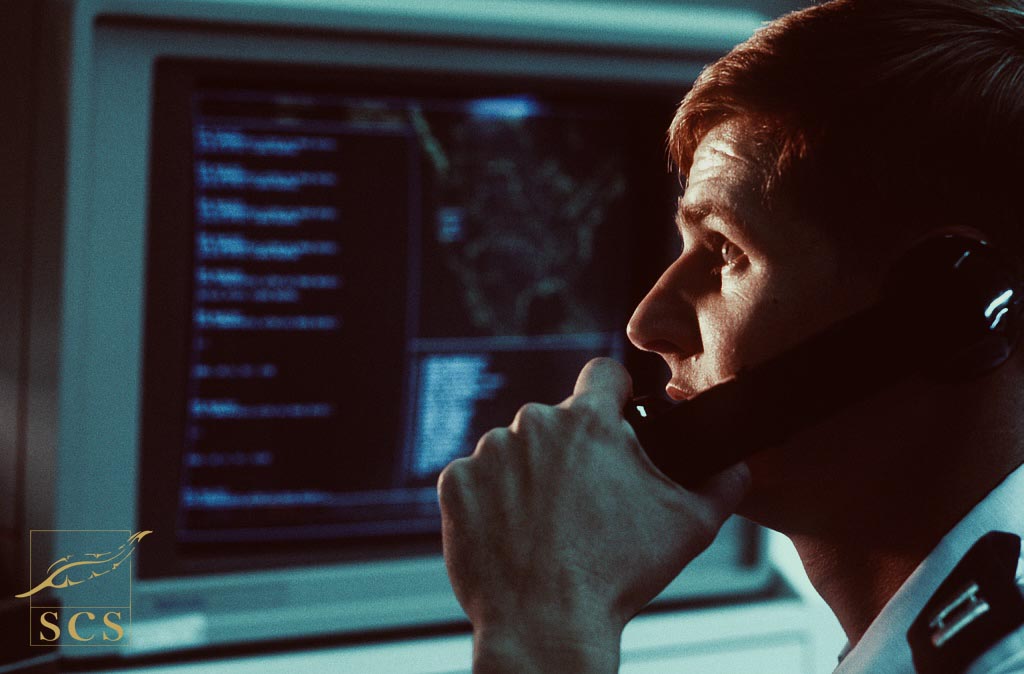As a term, strategy comes from a Greek word signifying command or generalship. Our modern-day understanding of the notion doesn’t stray too far away from its original meaning. Similarly, crises have been around for as long as humankind. Thus, strategic crisis management never ceased being a necessity in human populations in one way or another.
Scholars argue that modern crisis communication and crisis management emerged only with the Atlantic City train crash. During the incident, 53 people drowned due to a West Jersey and Seashore Railroad electric train falling off a swing bridge. The common practice back then was to stifle any news on such events.
Notwithstanding, the train company had recently hired an advisor and spokesman, Ivy Lee. This man represented the Parker & Lee firm and persuaded the company to give a statement to the journalists at the scene. Two days after, the New York Times printed the report word-for-word.
Today, this statement is known as the first press release in the history of public relations.
It is correct to say that other scholars disagree with the particular timeframe of the outset of crisis management and its direct descendant: strategic crisis management. Whatever the ultimate truth, here we will explore its practical applications.
More contemporarily, famed professor of business history, Alfred Chandler, wrote the following in 1962: Strategy is the determination of the basic long-term goals of an enterprise, and the adoption of courses of action and the allocation of resources necessary for carrying out these goals.
People often conflate strategies with plans, theories, tactics, and policies. A simple way to distinguish between them is to know that strategies are high level and embody the broad vision of your approach. In contrast, tactics and plans are action-oriented and operational.
Who Should Design a Crisis Strategy
Within any organization ― big or small ― the responsibility for building a crisis strategy falls on the back of senior management. They are ultimately accountable and the only ones essentially capable of steering strategic crisis management in the right direction.
In this sense, the first steps to take into account entail:
- Reviewing your firm’s mission,
- Assessing its weaknesses, and
- Establishing the items to protect in a crisis and those that seem expendable.
One of the best methods to determine your company’s vulnerabilities is to look at a simple assessment matrix. On the horizontal line is the impact of an accident that can affect your company. You can rank that by severity, harm, duration, and financial cost.
On the vertical line of the matrix is the likelihood of an action that could disrupt your organizational processes. This column contains descriptions from highly unlikely to highly likely, with nuances in between.
Suppose a malicious actor infiltrates your enterprise system. In this unfortunate event, your crisis strategy should have a chapter on assessing the likelihood and severity of this action.
It is true that no firm, no matter its affluence, cannot predict all the types of crises it may face. Still, with the ever-changing threat landscape, we advise that your senior management agrees on the crucial, high-level outcomes. These include minimizing delays in customer orders, maintaining the firm’s cash flow, and the staff’s health.
Pro-tip: To support the crisis response, recognize the areas from which you can redirect money and staff resources. Additionally, make sure to form a crisis management team specially designated to plan tactics during gloomy days.

Taking Action with Strategic Crisis Management
Even though it is a contested issue among experts, crisis management and strategic crisis management are two sides of the same coin.
Arguably, the differences between the two are that one concentrates on threats while the other focuses on opportunities.
Assuming you previously identified the weaknesses and gaps in your business, now is the time to address them thoroughly. A few actions that your company can take in this regard are as follows, depending on your industry:
- Build a factory that is earthquake-resistant,
- Expand the firm’s emergency cash reserve,
- Create a climate of unrestricted communication, or
- Establish relationships with backup suppliers.
But even before a crisis strikes, ensure the good health of your organization’s reputation, finances, and stakeholder relationships. They are the heartbeat in, before, and after times of crises.
Senior managers and the CEO are ultimately responsible for how a company handles a crisis. However, they are typically not in charge of running the operational response to a situation of this kind. Whoever manages circumstances surrounding the crisis must bear in mind the following sensitive strategic priorities:
- Restricting financial loss and generating extraordinary cash needs,
- Ensuring the firm is behaving compassionately and ethically,
- Protecting organizational prestige,
- Monitoring and analyzing developments for high-level implications,
- Providing leadership when setting a course of action,
- Assessing contingency plans,
- Interacting with key stakeholders.
Pro-tip: The best way to handle a crisis is to prevent it in the first place. Prevention is the most dependable action you can take to be five steps ahead of malicious actors.
The Conclusion
Different experts view various methods as the most effective in dealing with a crisis. However, most of them agree on the following point: Building a crisis management strategy necessitates a strategic mindset.
Along with his colleagues, professor of management William Crandall goes on to solidify this premise with four main abilities:
- Conducting a thorough analysis of strengths, weaknesses, threats, and opportunities.
- Thinking long-term, many years in the future, while simultaneously factoring in your knowledge of your firm’s present and past.
- Being opportunistic and taking advantage of favorable circumstances, all the while avoiding external or internal pitfalls.
- Staying willing to make difficult choices.
Another vital point that strategic crisis management experts agree on is that prevention keeps your staff out of a reactive mode. And not only that. It allows for increased proactiveness that you can achieve by improving communication, auditing risks, and implementing reverse engineering, among other techniques.
To facilitate peace of mind and business continuity, companies like SCS offer security consulting services that can help you make strategic crisis management a buzzword in your company.


January 13, 2022 Author Emergency Security Response - A Film Crew Assaulted in South Africa
[…] Fortunately, the bandits did not notice a second phone that belonged to one of the crew members. This allowed the client to contact SCS, knowing that someone should take further action with haste. But also, with security professional’s guidance. […]